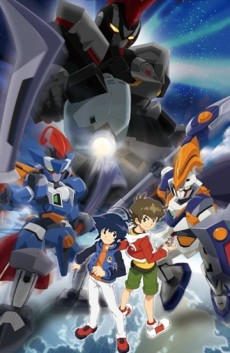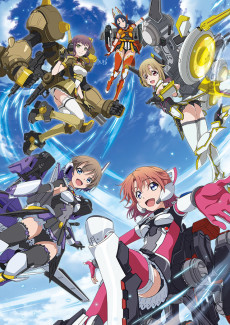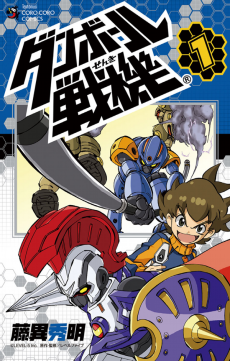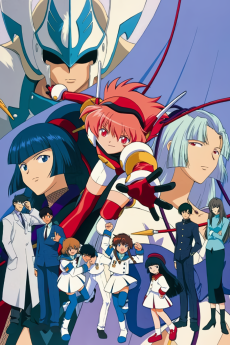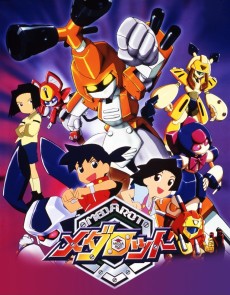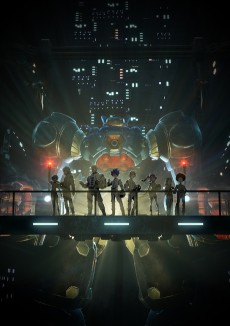DANBALL SENKI
STATUS
COMPLETE
EPISODES
44
RELEASE
January 11, 2012
LENGTH
23 min
DESCRIPTION
In 2046, a revolutionary 80% shock-absorbing reinforced cardboard has been developed, rapidly transforming the world's exports. The reinforced cardboard would soon become the battleground for a popular children's hobby called "LBX" (Little Battler eXperience).
Four years later, a boy named Yamano Ban who loves to play with LBX (although without a mecha himself) is given a case containing the model AX-00 by a mysterious woman. He is told that he now holds the hopes and despairs of mankind in his hands.
CAST
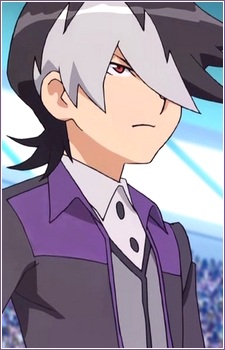
Jin Kaidou

Hisafumi Oda

Ban Yamano

Megumi Kubota
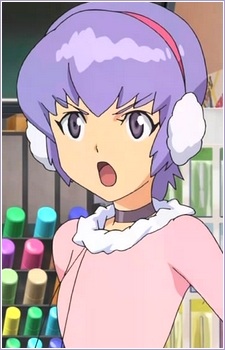
Ami Kawamura

Marina Inoue
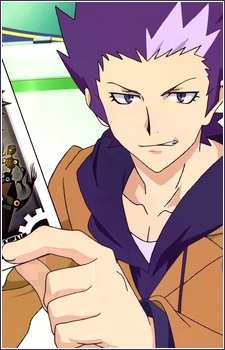
Daiki Sendou

Anri Katsu
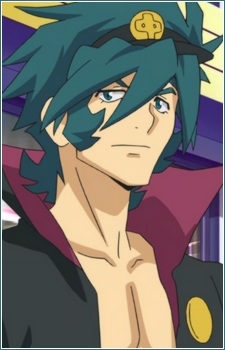
Hanzou Gouda
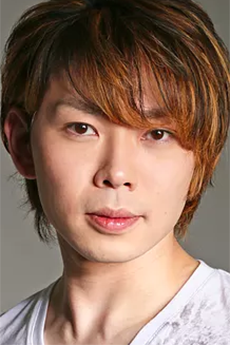
Yuuki Hayashi
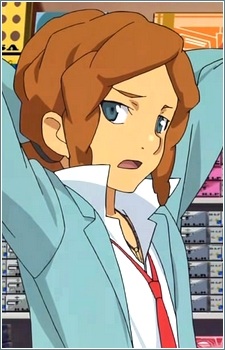
Kazuya Aoshima

Daisuke Namikawa
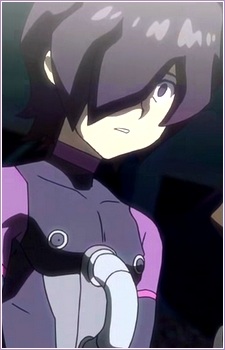
Yuuya Haibara
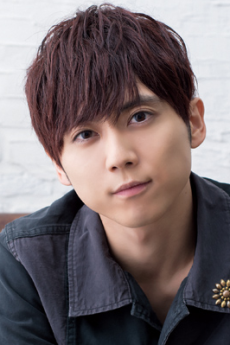
Yuuki Kaji
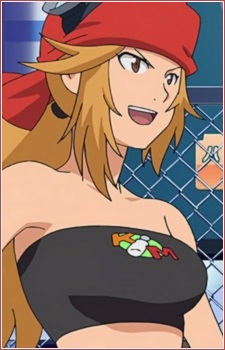
Saki Kidajima

Akeno Watanabe
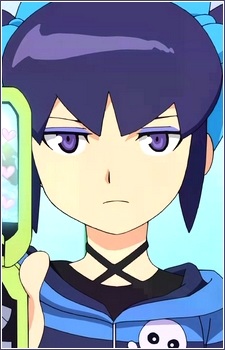
Mika Mikage

Akeno Watanabe
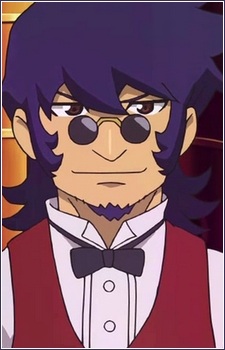
Ren Hiyama
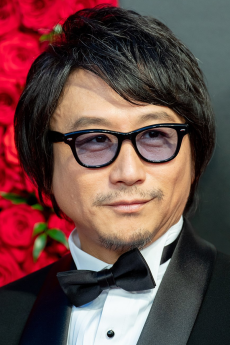
Hiroki Touchi
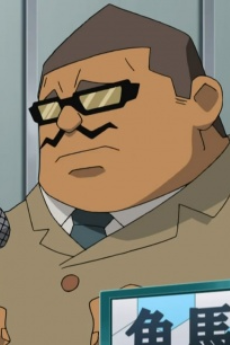
Oushou Kakuma

Tetsu Inada
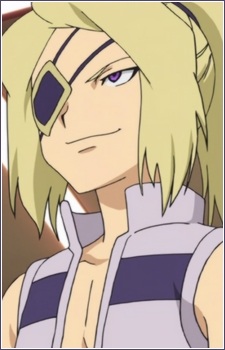
Kousuke Kamiya
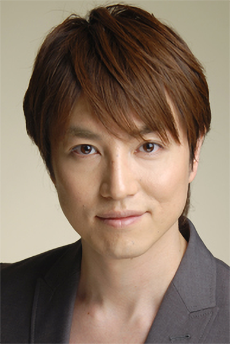
Kiyotaka Furushima
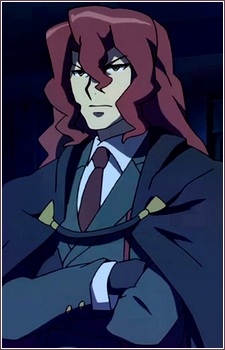
Eiji Yagami

Takanori Hoshino
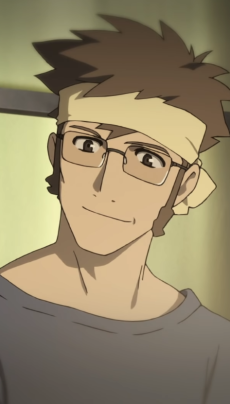
Junichirou Yamano

Fuminori Komatsu
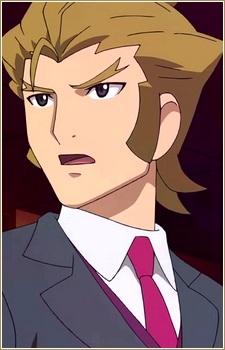
Takuya Uzaki
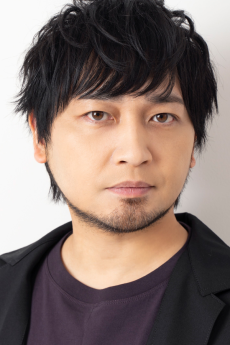
Yuuichi Nakamura
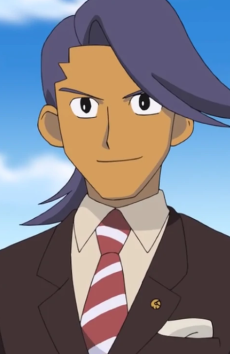
Sousuke Zaizen

Yuuichi Nakamura
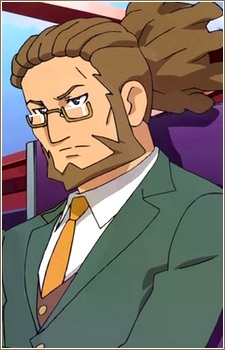
Yuusuke Uzaki
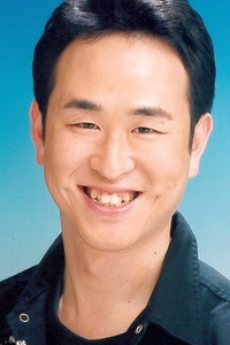
Gou Shinomiya
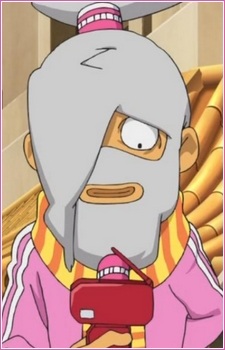
Otacross

Shuuhei Takubo
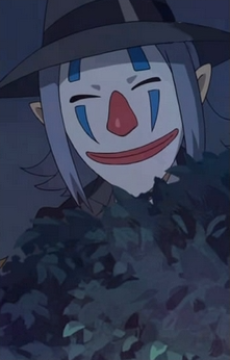
Masashi Hosoi
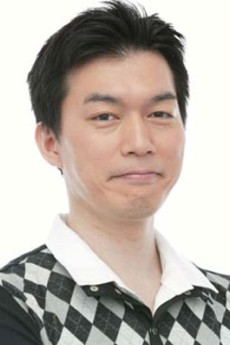
Yasuhiko Tokuyama
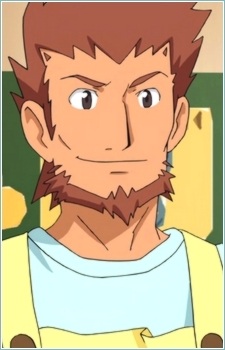
Kojirou Kidajima

Akimitsu Takase
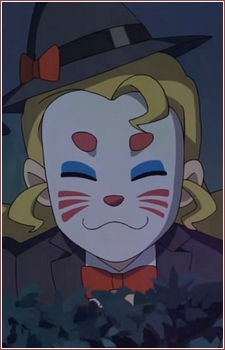
Shouko Mano

Akemi Okamura
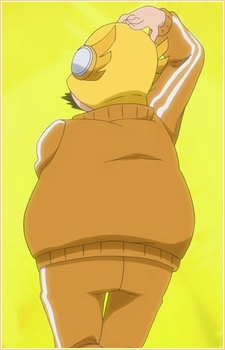
Otayellow

Tsuguo Mogami
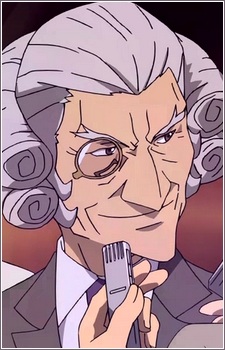
Yoshimitsu Kaidou

Yuzuru Fujimoto
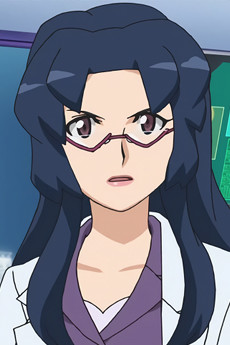
Rina Ishimori

Yuuka Hirose
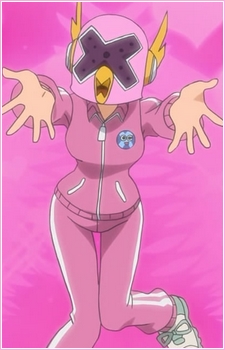
Otapink

Tomoko Nakamura
EPISODES
Dubbed
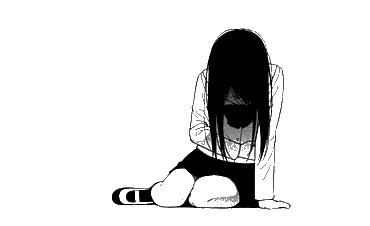
Not available on crunchyroll
RELATED TO DANBALL SENKI
REVIEWS

davidman001
70/100Danball Senki is proof that CG animation can be awesome when utilized effectively.Continue on AniList
When I was first getting into anime a few years ago, I developed a bias against the use of CGI in anime. I used to hear anecdotally from other people in the community (and sometimes still do) that CG animation is often used as a cost-cutting measure, and therefore it is bad. I completely agreed with them despite these conversations never really expanding past these handful of talking points. I mean I saw my fair share of poorly composited CG models in 2D environments, so of course CGI in anime seemed bad. But the thing is, I never understood what exactly makes CGI look bad. So when I started watching anime with CGI that I actually thought was pretty good, I felt compelled to look into how CGI is utilized in anime and try to understand why it works in some cases but not in others.
What I’m trying to get at is that Danball Senki’s utilization of CGI is amazing and it adds to the experience in a way that wouldn’t be possible within the constraints of 2D animation.
 #### (Why does bud look so concerned? Find out by watching the anime!)
#### (Why does bud look so concerned? Find out by watching the anime!)If you’re unfamiliar with this anime, Danball Senki adapts a video game series of the same name by Level 5, the studio known for Youkai Watch, Inazuma Eleven, and many other games. It’s about these super powerful toy robots that kids build using model kits and battle each other in ultra-strong cardboard arenas. That’s all the context you really need. When I started watching, I was immediately taken aback by how head-on Danball Senki’s pacing and storytelling is. The only other Level 5 adaptation I had seen up until that point was Youkai Watch, which doesn’t follow its video game counterpart at all and is instead a Doraemon-like episodic gag anime. Comparatively, Danball Senki puts us straight into the action, engaging us with its story almost immediately. What stood out to me the most is Danball Senki’s restraint; it doesn’t feel the need to shove a battle scene into every episode, which seems almost unheard of in game/toy adaptations that aim to market their products first and foremost. Danball actually takes time to develop its story and cast in a way that doesn’t feel forced. While I could go on about Danball Senki’s pacing and storytelling, I’m more interested in dedicating this review to an element that stood out to me the most: the CGI.
A common criticism you often hear towards CGI in anime is how it feels out of place, particularly when a 3D model is in a 2D environment. Not only are they two different art styles, but it’s tricky to make a 3D model not stand out in a static 2D environment. However, one of the most defining traits of CG animation is the ability to utilize a 3D space. Danball Senki takes advantage of the fact that most battles take place in these cardboard arenas, meaning not only is the switch from a 2D environment outside of the arenas to a 3D one inside the arena less jarring, but the 3D toy models don’t feel out of place either. Because everything in Danball Senki’s battle environments is in 3D, they’re able to make the most of dynamic camera movements. For example, the beginning of a battle in episode 3 really stood out to me for how the camera flies around the battlefield, establishing a sense of space where these toys are fighting.
#### (This scene from episode 3 is a good example of Danball Senki's camerawork being used to establish space. The first clip happens before the fight, and the second clip is from the fight itself which I thought would be cool to include as well) The battle against Ban and his rival Jin in episode 14 had this really cool sequence where the toys fought each other while jumping all around the battlefield, even jumping up to the skies to duke it out as they fall back down. I really appreciate the use of camerawork in these 3D environments to establish a sense of space as it adds so much to the enjoyment of these battles.
#### (Probably one of my favourite battle scenes from the series. I love the way the camera flies all around the battlefield.) That being said, there are instances where the toys appear outside the confines of the 3D cardboard arenas. In these instances, Danball Senki manages to avoid the 3D models feeling jarring within the 2D environments with a simple trick. There are many ways to composite 3D and 2D together, such as good lighting and shading, or even something as simple as quick movements to make it less noticeable. In Danball Senki’s case, what I think blends the 3D models most is the use of scale. For example, the first episode features some toys attacking Ban in his home in an attempt to steal his LBX. During this scene, the camera often scales down to the toy’s size, with everything 2D scaled up. In any shot where the camera is scaled up, the toys are appropriately scaled down. You can judge for yourself, but I think this works wonders for making the 3D models never feel out of place in the 2D environments.
#### (The very first battle scene in Danball Senki actually takes place outside of an arena. It's kind of fucked up, because the LBX toys canonically use live ammunition, meaning Ban could've been killed if he was hit. Aww hell nah LOL) Episode 28 is another example of the 3D models working well in a 2D environment during a scene where they use the toys to break into a hijacked train. Once again, the toys and camera are appropriately scaled down in size, aiding in the believability that they’re actually in this space. What’s funny about this example is that there is a 3D smoke effect that broke the immersion for me with how out of place it felt. It takes up a considerable amount of space on the screen but doesn’t blend in well with the background. Other than these small instances, Danball Senki has great 3D compositing in both the 3D and 2D environments.
#### (This clip is from episode 28. It's a great example of the 3D models looking good in the 2D environments. I really like when the bullets hit the window leaving a trail of holes behind.) With all that being said, the best part about Danball Senki’s CG animation (and the reason I felt compelled to make this review in the first place) is just how awesome it is. The way the camera flies all over the place, the way it establishes great angles to see the action, and the way it moves in unique ways to highlight certain things in a battle are all impressive. One scene that stood out to me as truly epic was a battle in episode 20 featuring an LBX that looks like a Jester who has the unique ability of confusing their enemy by dancing around them.
#### (I absolutely adore this scene from Episode 20, this fight had some great animation and camerawork. This scene in particular is the reason why I wanted to make this review in the first place, as it put into perspective why I liked the CGI) The camera work is very lively and constantly moves around the toys. But what I really appreciate is how the camera focuses and follows the Jester’s feet as it dances around the other toy. Highlighting this little detail made the fight significantly more exciting to watch and made me appreciate the freedom Danball Senki has with its camerawork. It goes a long way in making these battle scenes really entertaining, something I can’t imagine working if it wasn’t CG animation.
#### (Thought I'd include this fight from episode 38 since it's also one of my favourites for how the camera flies around the battlefield. It's super badass) I know this review has been mostly about the CGI since I like focusing on specific aspects I find interesting when I make reviews, but I really don’t want to understate how great I think Danball Senki’s writing is. The story is constantly progressing with some great plot twists and revelations here and there. I especially loved the development of the rival character Jin and his relationship with Ban throughout the series. I just don’t have any analysis to make about it; I just think it’s a super solid story and I was entertained the entire way through. Anyways, I hope this review has convinced you to not only check out Danball Senki, but also think about what makes CGI good or bad in anime for you personally. I’m not an expert in art, not at all. Everything in this review is just aspects that I’ve noticed and thought about while watching Danball Senki. I happen to really appreciate good camerawork, which is why I really liked Danball Senki’s CGI. Thank you for reading!
SIMILAR ANIMES YOU MAY LIKE
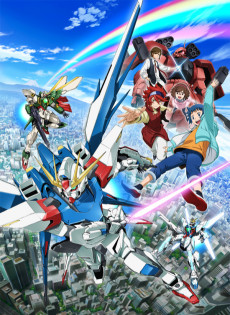 ANIME ActionGundam Build Fighters
ANIME ActionGundam Build Fighters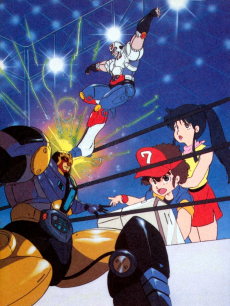 ANIME AdventurePlawres Sanshirou
ANIME AdventurePlawres Sanshirou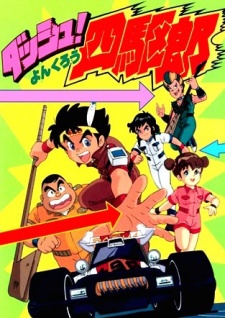 ANIME SportsDash! Yonkurou
ANIME SportsDash! Yonkurou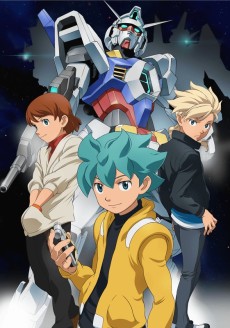 ANIME ActionKidou Senshi Gundam AGE
ANIME ActionKidou Senshi Gundam AGE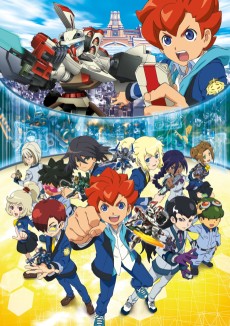 ANIME ActionDanball Senki Wars
ANIME ActionDanball Senki Wars
SCORE
- (3.35/5)
MORE INFO
Ended inJanuary 11, 2012
Favorited by 58 Users


